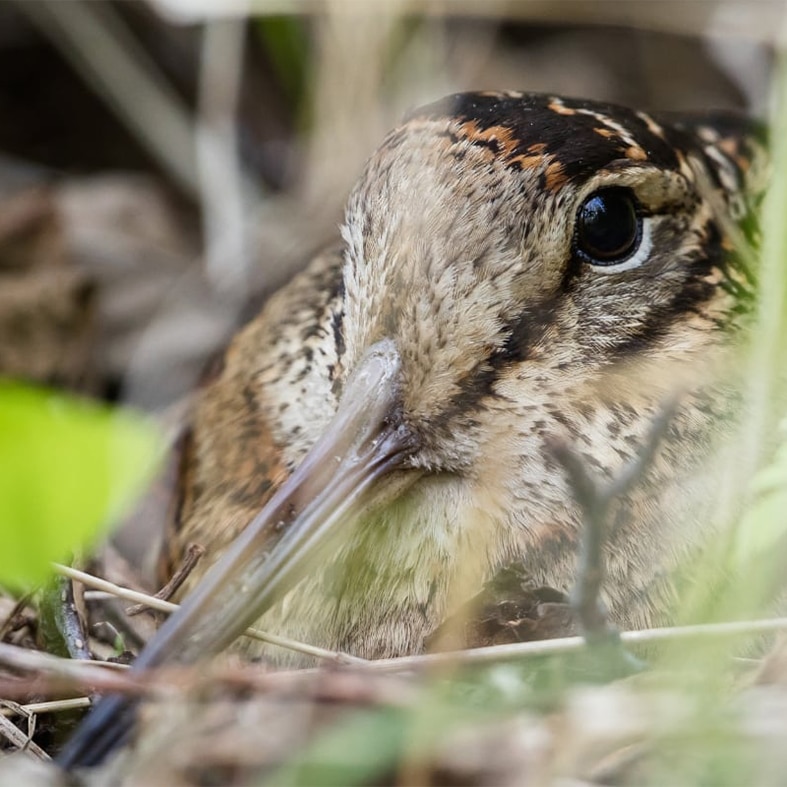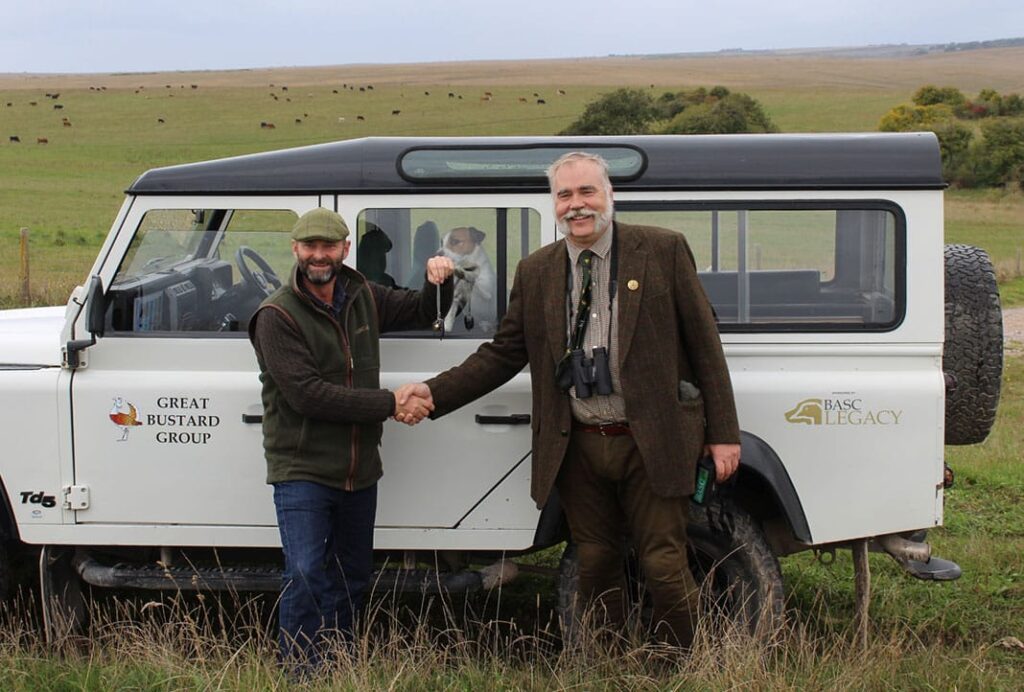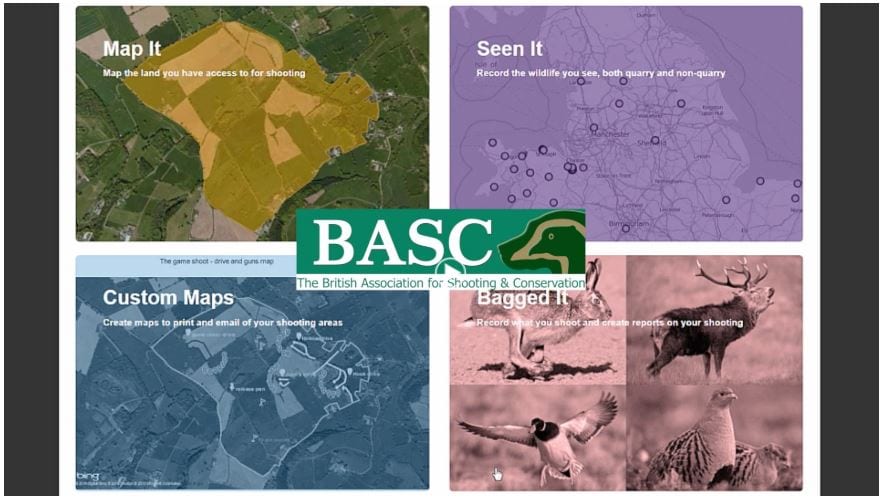
BASC to sponsor Yorkshire Post Rural Awards 2021
BASC has been announced as the headline sponsor of this year’s Yorkshire Post Rural Awards, being held on 7 October 2021.
Get information on the legal shooting season for mammals and birds in the UK.
Apply for funding for your project or make a donation today
Comprehensive information and advice from our specialist firearms team.
Everything you need to know about shotgun, rifle and airgun ammunition.
Find our up-to-date information, advice and links to government resources.
Everything you need to know on firearms law and licensing.
All the latest news and advice on general licences and how they affect you.


Woodcock are found in most parts of Britain except in areas of high ground. However, a combination of its epic woodland camouflage (bill like a stick, feather like a leaf) and secretive, night-time behaviour, the woodcock is surprisingly stealthy given its bottom-heavy, pot-bellied body shape.
This broadly nocturnal bird is often spotted by accident, flushed from scrubby cover in the daytime. At night, and especially in winter, many woodcock move from their woodland cover to open fields, probing the soil for earthworms and other invertebrates with their long, well designed bills. Your best chance to see or hear a woodcock is during late-spring into early summer when ‘roding’ displaying males flying low and straight over treetops at dusk.
So let us step away from our feathered friend for a moment and look at the gardener’s best friend, the humble earthworm.
Earthworms enhance soil conditions by improving the structure and nutrients within it. They need moist conditions: not too dry, not too water-logged, neutral soils, and plenty of decaying plant matter for them to eat. These ‘Goldilocks’ conditions for earthworms, and the hungry woodcock, are found predominantly in grazed meadows, with almost 5 times more earthworms here than cultivated fields.


BASC has been announced as the headline sponsor of this year’s Yorkshire Post Rural Awards, being held on 7 October 2021.

BASC has donated £15,000 to the Wiltshire-based Great Bustard Group to further their work in re-establishing the species into the wild.

New features added to our Green Shoots Mapping software allow you to boost the conservation credentials of your shoot.
Sign up to our weekly newsletter and get all the latest updates straight to your inbox.
© 2025 British Association for Shooting and Conservation. Registered Office: Marford Mill, Rossett, Wrexham, LL12 0HL – Registered Society No: 28488R. BASC is a trading name of the British Association for Shooting and Conservation Limited which is authorised and regulated by the Financial Conduct Authority (FCA) under firm reference number 311937.
BASC Direct Ltd is an Introducer Appointed Representative of Agria Pet Insurance Ltd who administer the insurance and is authorised and regulated by the Financial Conduct Authority, Financial Services Register Number 496160. Agria Pet Insurance is registered and incorporated in England and Wales with registered number 04258783. Registered office: First Floor, Blue Leanie, Walton Street, Aylesbury, Buckinghamshire, HP21 7QW. Agria insurance policies are underwritten by Agria Försäkring.
If you have any questions or complaints about your BASC membership insurance cover, please email us. More information about resolving complaints can be found on the FCA website or on the EU ODR platform.